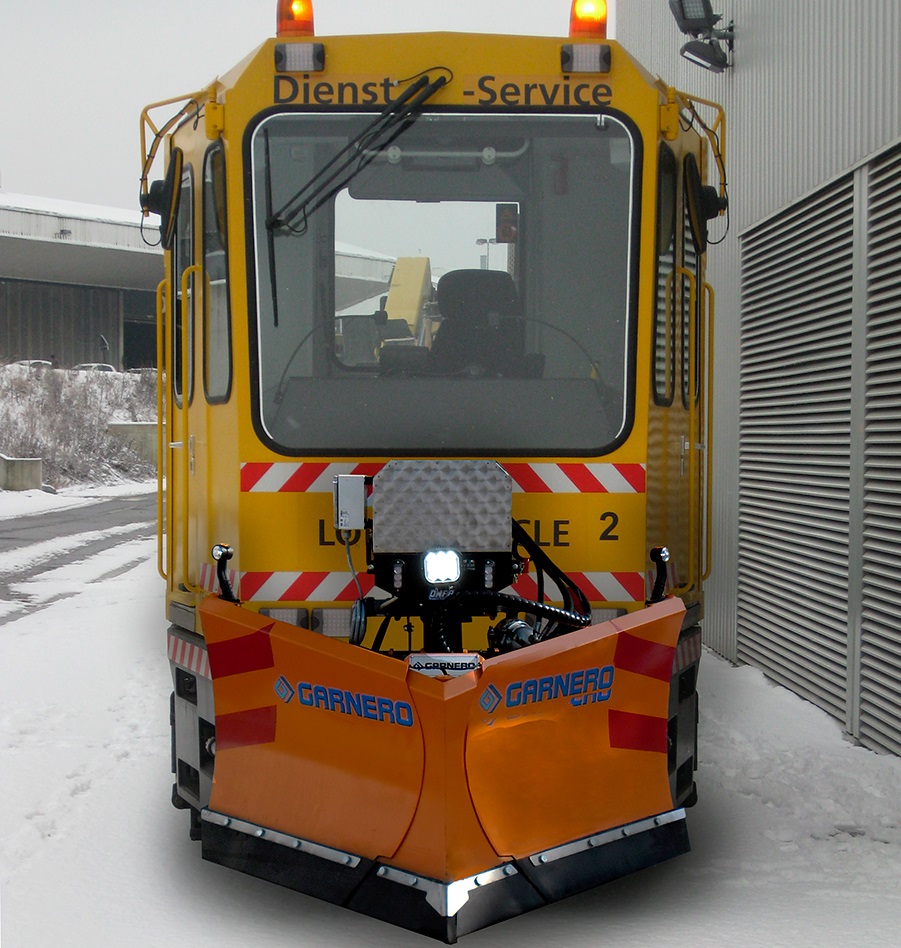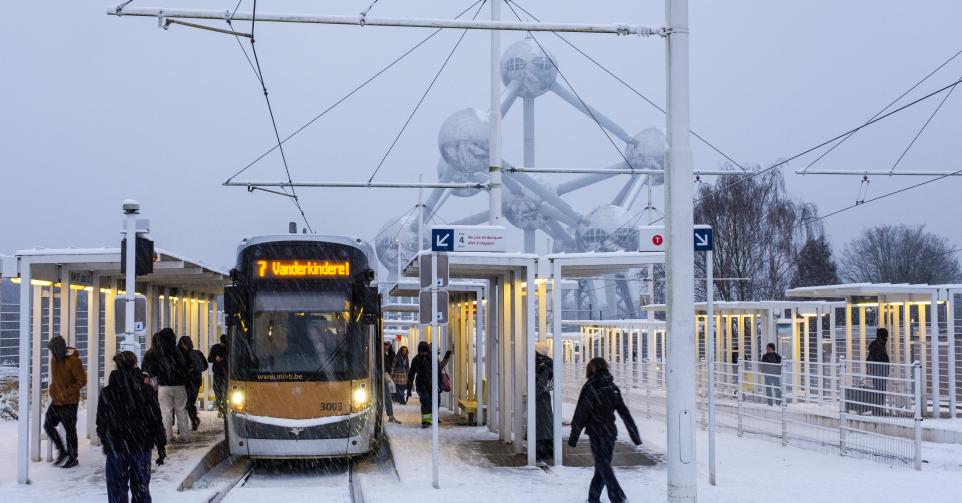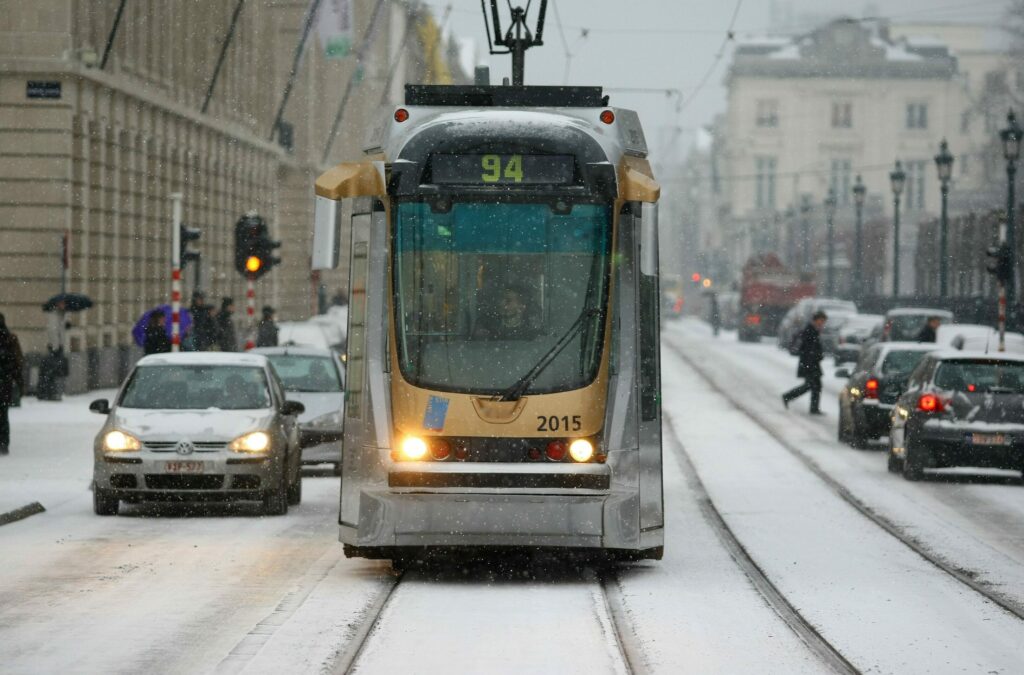Brussels woke up to a coat of snow on Thursday morning, with no major delays on public transport. But how does operator STIB beat the cold?
Amid the flurry of excitement about the wintry weather this week, Brussels public transport operator STIB has published a breakdown of how it copes with snow and ice.
First of all, it stays in contact with the Royal Meteorological Institute (RMI) to stay on top of the forecast and how it might affect its services.
When it comes to snow, the operator has snowplows which are able to clear the tracks. The biggest risk during weather like this is the possibility of fallen trees, and a "pruning" team regularly performs checks at tracks next to wooded areas.

Credit: STIB
"Unlike dead leaves on trees , snow and ice do not disrupt our tram network," STIB stated, explaining that the frost does not stick to the rails and the weight of the tram removes this frost when it passes.
A heating system at switch rails prevents ice from blocking trams at these points. Even if this doesn't work, STIB staff will desalt the area. They will also desalt any points where traffic jams have obstructed trams.
The operator might even decide to run trams all through the night in order to avoid "unpleasant surprises" the next day.

Credit: Belga
What about buses and metros?
Buses are largely dependent on traffic conditions when it snows or is icy. Bus drivers will monitor the situation ahead of their shift. The Brussels-Capital Region and municipal powers are responsible for clearing snowy roads.
The Brussels Metro is even less likely to come to a halt due to extreme weather conditions. If there are delays caused by snow or ice, STIB will store trains underground rather than in an depot.
Snowplows can pass through affected areas in the event of heavy snowfall on the network. In this scenario, metros would be forced to slow down.
Again, STIB staff work through the night to ensure that all snow is cleared from stations before passengers arrive.

